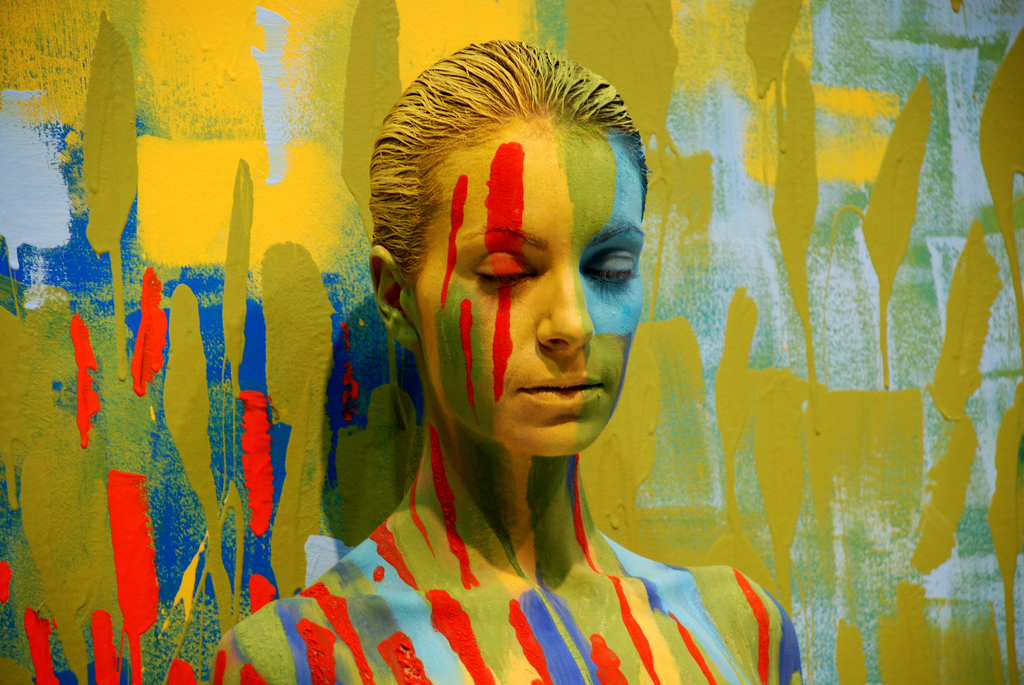The latest Bollywood song blared from the speakers and the crowd at my sister’s wedding cheered in delight. As I laughed with my friends and shimmied my hips in time to the music, I was unaware that a family friend’s son was observing me from across the room. He had attended the event in order to “take a look at me” for a possible rishta (proposal). I didn’t make the cut, however. I wasn’t gori (fair) enough.
It didn’t matter that I was well educated, courteous to others, or that I could cook a mean chicken karahi. No, he did not know any of these things about me or even the sound of my voice, for he didn’t bother speaking to me. I was simply cast aside, rejected from afar, solely based on the color of my skin. Six months later said bachelor was married – to his 17-year-old cousin. Yes, she was a child. But, oh, was she pale!
The general response amongst my friends to this story was, “Oh, they must have been backward. Nobody cares about these things anymore.” As much as I would like to believe that is true, this kind of bias is still prevalent in our society, and not just with our grandparents’ generation. In the last decade, women in Pakistan have made a place for themselves independent of their husbands – whether in high heels and a pantsuit or a modest shalwar kameez and chador, they have stormed the workplace as educated television news anchors, driven politicians, and dynamic business women. But, it seems no matter how many barriers we break, or how far we women come, our worth is still measured in many circles by how closely we resemble a blank sheet of printer paper and whether or not we can produce beautiful, milky white babies.
We belong to an age where dark beauties like Rani Mukherjee and Bipasha Basu sizzle on screen, and fake tanner is sold by the millions in the U.S. so that lighter-skinned ladies can achieve the bronzed glow most of us Pakistanis are born with. The whole world is trying to go darker, yet our society is still hung up on what products or methods to use to become just a few shades paler. Who do we blame for this? Should we condemn advertisers hawking skin-lightening products to the working classes with the promise that success will come with fair skin? Should we point fingers at our great grandparents who passed their own prejudices down to the younger generations?
The truth is, the blame does not lie solely with the ads for “Fair and Lovely” cream or obnoxious aunties admonishing us for sitting out in the sun for too long. It lies with us. We ourselves are feeding into preconceived notions about what we should look like. How many of us flip through the Daily Times Sunday magazine? As a relatively forward thinking publication, they share delicious tidbits such as “how to wear red nail polish to make one’s hands look fairer.” We skim through such articles without a thought, but the words are embedded into our subconscious. A few days later, we find ourselves at the nearest beauty salon getting a red manicure. There, while our nails are being buffed and shaped, we are offered the newest “body polishing” treatment that will bring a “neat” (read: FAIR) look to our skin. And we say, “sure, why not?”
I was blessed with a beautiful niece a few months ago. The first question asked was not “is she healthy?” but rather, “Rang kaisa hai?” (What is her complexion like?). When it was discovered that she didn’t have the fair coloring of her mother, our family was advised to rub her skin with besan so that her skin would become saaf (clean). Is this what it has come down to? Torturing a newborn’s fragile skin with gram flour in the hopes that her color will change?
This is why I say NO. NO to the “body polishing”, NO to the mothers inspecting me for their sons, and NO to the magazines that tell us we should be something that we’re not. I will not allow my niece to grow up in a world where she is conscious of what shade of brown her skin is. Yes, I know – it sounds like a cheesy anti-drug campaign. But, the truth is, this obsession with fair vs. dark is an addiction, especially when one spends thousands of rupees on it! And I refuse to let myself succumb to it. I may offend people by how I tan my skin in the summer or how much bronzer I use, but ultimately I choose to be defined by who I am, not what color I am. So, put down the whitening creams and toss out the trashy magazines and embrace your color, whether fair or dark. Who knows, maybe we’ll start a new trend.
Maria Saadat runs the blog Lipstick Masala. This piece was previously published at CHUP! Changing Up Pakistan
Photo Credit: Interior_Photos




